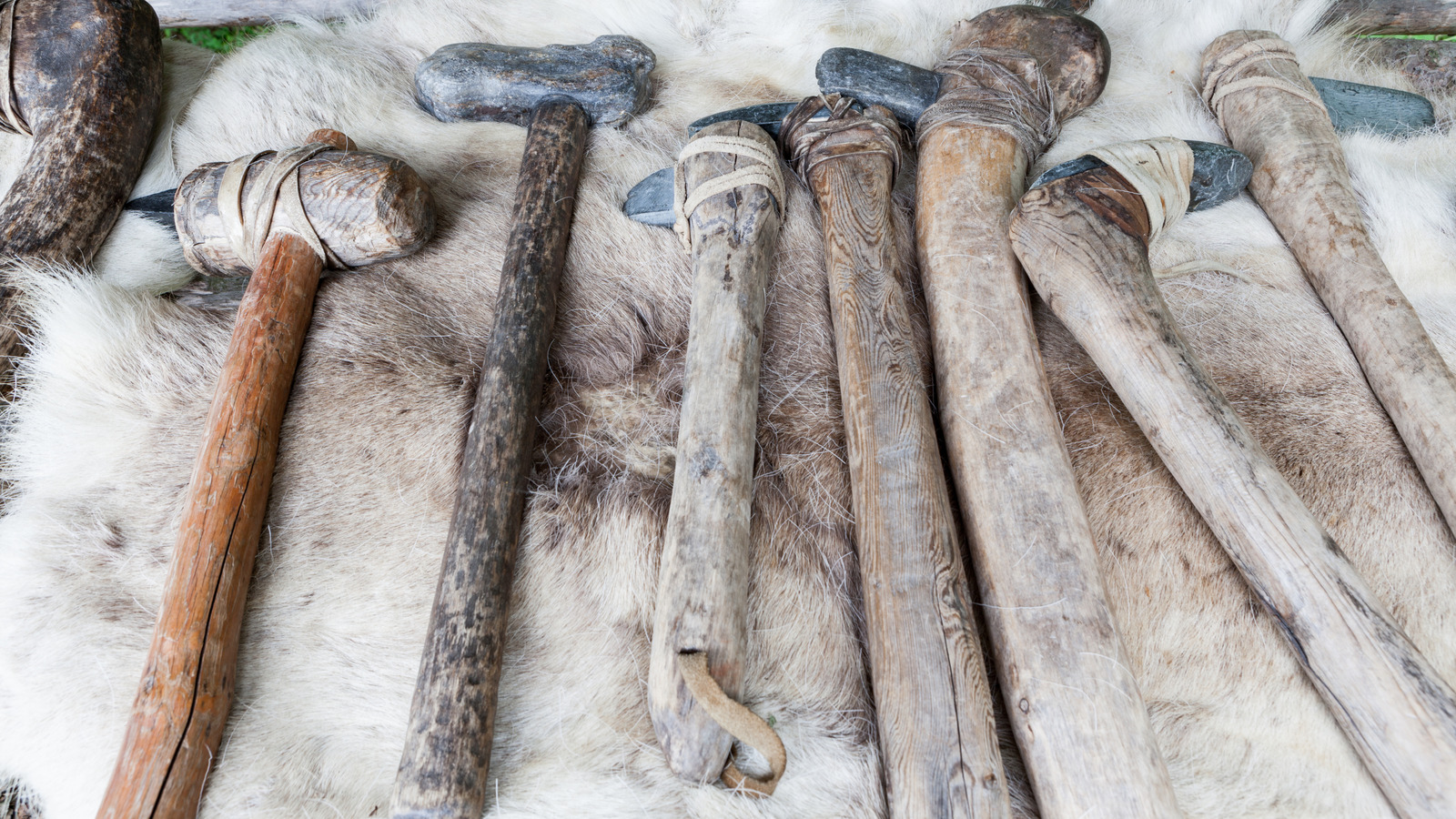When you think of ancient weapons and tools, the first ones that come to mind might be bows and arrows, axes, and swords made of bronze or iron during their respective ages. Among the most interesting discoveries of the Paleolithic Age, though, are the tools and weapons made from stone, which is why this period is also referred to as the Old Stone Age. During a pilot research project in the Al-Shabakah area of the Iraqi Western Desert, a team of archeologists found Paleolithic hand axes that are possibly 1.5 million years old.
To learn more about the geomorphological history of the area, Vrije Universiteit Brussel’s impact postdoctoral researcher Dr. Ella Egberts went to Iraq in November and December 2024 with funding from the British Institute for the Study of Iraq. Part of her mission was also to look for Lower and Middle Paleolithic materials and archeological sites that should be preserved — all while inspiring and training Iraqi archeology students. The target area (a dried-up lake bed) featured a large lake during the Pleistocene Epoch but is now completely dry. Among the more than 850 artifacts were Lower or Upper Paleolithic hand axes and Levallois reduction flakes, which are stone flakes intentionally struck from the core of stone in a sophisticated tool-making technique mostly used in prehistoric Africa, Europe, and West Asia.
In a statement, Egberts reported, “The fieldwork was a huge success. Our targeted fieldwork resulted in the discovery of seven Paleolithic sites in an area of 10 by 20 [kilometers]. One location was selected for a systematic study to determine the spatial distribution of the Paleolithic material and to conduct preliminary technological and typological analyses.”
Who made and used the prehistoric tools found on the Arabian Peninsula?
It’s difficult to pinpoint what happened in the Paleolithic Age as far as which hominin species made and used the tools that Egberts’ team collected because so few fossils have survived on the Arabian Peninsula. However, scientists do know that the beginning of this period, which occurred early in the Pleistocene Epoch some 2.58 million to 11,700 years ago, generally corresponds with the first evidence of tool-making by the genus Homo from the family Hominidae.
As a result, it could be deduced that, at sites like the dried-up lake bed in the Iraqi Western Desert, the Lower Paleolithic tools were made and used by one of the earliest human ancestors. Of note, though, is that the oldest stone tools ever discovered came from Kenya’s Lake Turkanas shoreline in 2011 and have been dated to be 3.3 million years old, according to a study published in Nature.
Alongside the Arabian Peninsula-found tools from the Stone Age, the Levallois reduction flakes suggest that they could have been made and used during the Middle or Upper Paleolithic Age. The Levallois tool-making method started around the end of the Lower and the beginning of the Middle period, gradually replacing the Acheulean technique. It’s the earliest example of more refined core technology, which involved creating predetermined shapes, and is associated with Homo neanderthalensis and Homo sapiens species in the genus Homo. With further research and analysis into the geomorphological history and artifacts from this region, Egberts’ team could gain a better understanding of its ancient human landscape.

